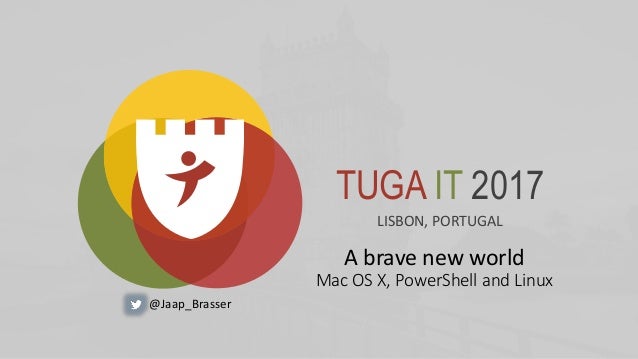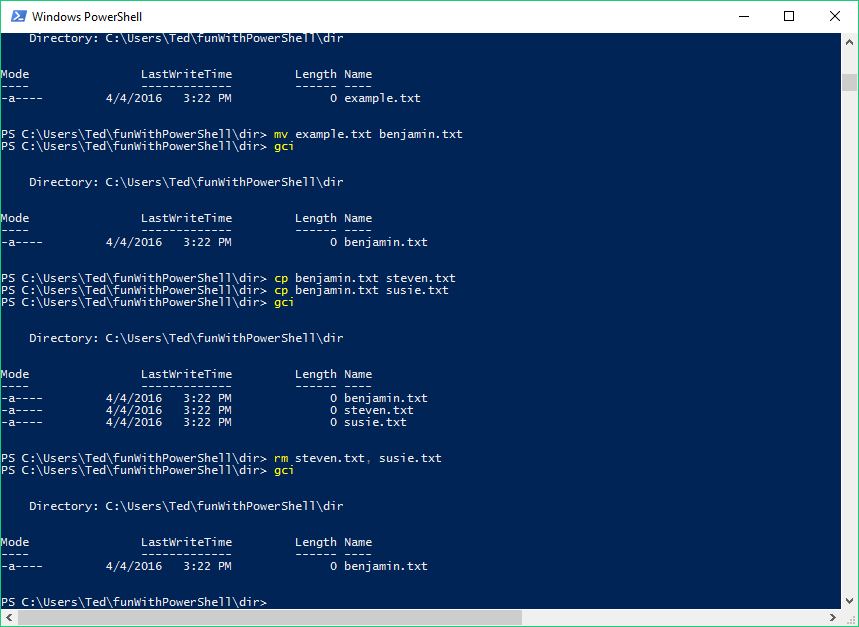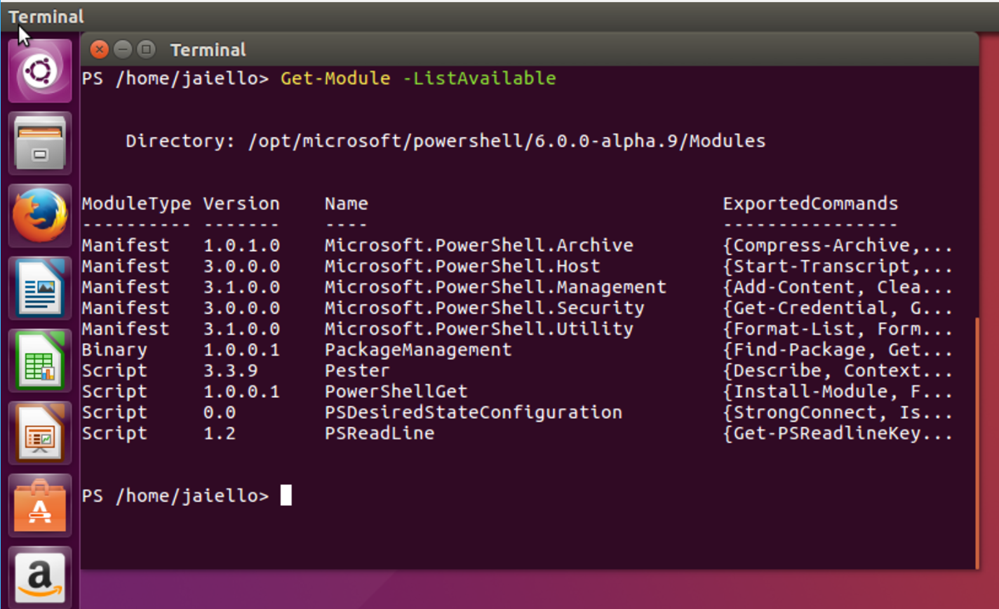Major revision 10, from 2001 to present, was originally branded 'Mac OS X', renamed to 'OS X' in 2012,4 and announced to be renamed to 'macOS' in the upcoming version in 2016. We've gone with OS X as that was the correct name last year. After downloading the package, launch and follow the steps to install it or enter the command below to install it from Terminal (Figure A).sudo installer -pkg /path/to/powershell-6.0.0-beta.3-osx. To change your default shell for VSCode to PowerShell Core, simply: Install Visual Studio Code; Install PowerShell Core; Hit CMD +, (Mac OS X) to open your User Settings, or search for it via the Command Palette (F1 key) Add the terminal.integrated.shell.osx option to your JSON configuration; Set the value of the option to /usr/local/bin. PowerShell is an amazing command line, scripting & programming tool that I have used a few times on Microsoft Windows. PowerShell Core is now available for Mac OS and so today I am going to look at installing it on my MacBook. Note: I am installing PowerShell Core onto Mac OS Mojave (specifically Mac OS 10.14.5).
As you have probably heard by now, Microsoft has just open-sourced PowerShell and made it available for Linux and Mac OS X. In this blog post, I will take you through the steps to download, install and run PowerShell on a Mac.
Download and Install PowerShell for Mac OX
- Go to PowerShell github project: https://github.com/PowerShell/PowerShell
- Scroll down to the Get PowerShell section and download .pkg:
3. Locate the newly downloaded file in Downloads, right-click it and click Open:


4. You will be warned that this is a file from the Internet and then prompted for your local administrative password, then go through the installation wizard.
Run PowerShell on Mac OS X
PowerShell is a command-prompt in your terminal window, so to start it:
- Start the Terminal application,
- Now you can simply type powershell as a command and this will start the PowerShell engine and move you from the bash prompt ($) to the PowerShell prompt (PS):
- That is it! You can now type a PowerShell command and see the output. For example, here’s Get-Process:
Powershell On Mac Os X
If you are new to PowerShell, see the Learning PowerShell page on GitHub.
Hello!
There are two tricky little problems when setting your pathvariable in PowerShell. Here’s how to get past them.
First, lots of guides show things like this:
Powershell Core Mac Os X

Which works on Windows but won’t work on OS X. The variable name has to be all-caps:
Next, the separator between path elements on Windows is ;, but on OS X it’s :. Swap them and you should be good to go:
Small details, but they were remarkably fiddly to figure out the first time I ran in to them. Lots of people use Posh on Windows, so lots of guides and docs won’t work on Mac. You may find similar compatibility problems in scripts, too. Hopefully this saves you from some frustration.
Happy scripting,


Adam
Need more than just this article? We’re available to consult.
Powershell Mac Os X
You might also want to check out these related articles:
